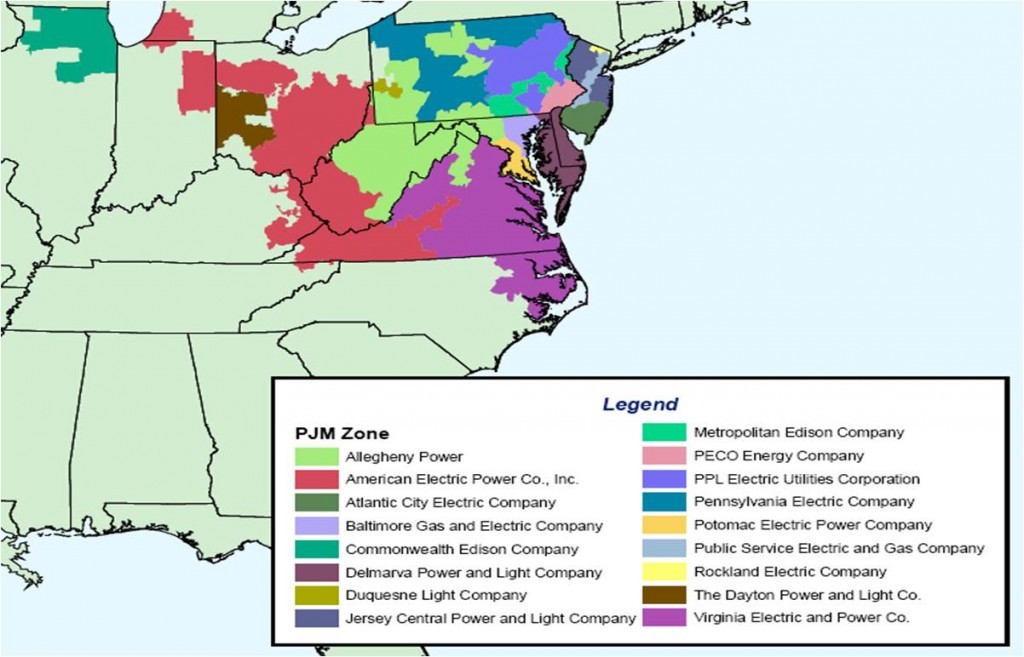Amidst all the gnashing of teeth in Virginia about complying with proposed federal carbon dioxide rules, there seems to be one very large part of the debate that’s missing.
Several recent analytical reports explore using regional, carbon marketplaces to help comply with proposed federal Clean Power Plan rules that would cut carbon emissions by 2030. They conclude that the carbon goals can be attained more cheaply and efficiently by using a regional approach.
The lead study is by the PJM Interconnection, a grid that involves all or parts of 13 states including most of Virginia. Its March 2 report states that “state by state compliance options – compared to regional compliance options – likely would result in higher compliance costs for most PJM states because there are fewer low-cost options available within state boundaries than across the entire region.”
The same conclusion was made by another report by the Washington-based consulting firm Analysis Group on March 16. It states: “PJM’s analysis of compliance options demonstrates that regional, market-based approaches can meet Clean Power Plan goals across PJM states at lowest cost, with retirements likely spread out over a number of years.”
PJM set off in its analysis by setting a price per ton of carbon dioxide emissions with an eye towards the entities being exchanged among PJM-member utilities in a new market. The PJM report shows that electricity generation varies greatly among members. Some are farther along with renewables while others are greatly reliant upon coal.
By exchanging carbon units, some coal plants might actually be kept in service longer while overall goals are still achieved. EnergyWire, an industry news service, quotes Michael Kormos, PJM’s executive vice president for operations, as saying that the market-based carbon exchange, somewhat counterintuitively, might keep coal plants running longer.
“With the renewables and nuclear coming in as basically carbon free, we’re actually able run those coal resources more because they are getting credit from renewables and the nuclear as zero carbon.”
In December, PJM had 183,694 megawatts of generation. Some 67,749 megawatts are from coal-fired units.
Kormos says that a number of coal-fired units are going to be retired in the 2015 to 2030 timeframe regardless of what happens with the Clean Power Plan, whose final rules will be prepared by the U.S. Environmental Protection Agency later this year. The retirements of older coal plants are expected to involve a minimum of 6,000 megawatts of power.
It is curious that very little of this report is being heard in the vigorous debate in Virginia about complying with the Clean Power Plan. What you hear is a bunch of humping and grumping from Dominion Virginia Power and its acolytes in the General Assembly, the State Corporation Commission and the media.
This is not a new concept. Carbon trading is active in Europe and has worked here to lessen acid rain.
It is amazing that one hears nothing about it these days. It is shouted down by alarmists who claim that Virginia ratepayers will be stuck with $6 billion in extra bills and that there’s an Obama-led “War on Coal.” The New York Times has a front-pager this morning about how Kentucky’s Mitch McConnell is taking the rare step of actually leading the “War on Coal” propaganda campaign.
Also strange, if not bizarre, is that this approach is precisely market-based which so many commentators on the blog claim to worship. Where are they on the PJM idea? Has anyone asked Dominion, which is running the show in this debate?



